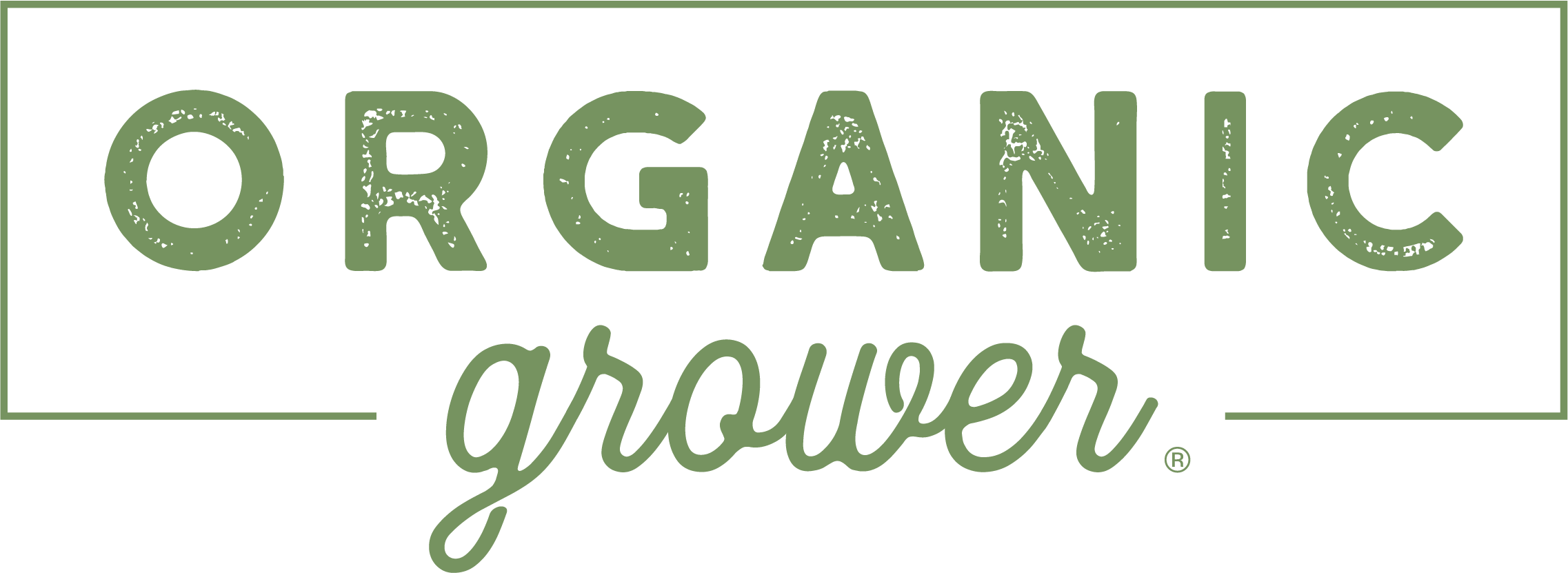Jul 1, 2025PGR arrival: Plant growth regulators and postharvest apple quality
Plant growth regulators (PGRs) can make big impacts on the postharvest quality of apples. PGRs applied at the correct time are critical for long-term storage.
One of Cornell’s postharvest science research program’s experiments is examining PGRs’ role in helping control browning, battling diseases and improving apple storage quality.
Common physiological disorders of apples vary by harvest timing. Early harvest issues include bitter pit, leather blotch, superficial scald and carbon dioxide injuries. Later harvest concerns include soft scald, stem end flesh browning, watercore and associated flesh breakdown and senescent breakdown.
Because fruit maturity typically influences susceptibility to fruit disorder , application of the PGRs, ReTain and Harvista — which slow the rate of maturation and subsequent ripening — can produce major impacts on the disorders, said Christopher Watkins, professor in Cornell’s School of Integrative Plant Science, Horticulture Section.
ReTain and Harvista can increase risk of disorders associated with early harvest while decreasing the risk of disorders associated with later harvest.

Browning worry
Gala, an important variety, has been relatively free of disorders. However, the variety is being stored for much longer periods of time, and flesh and shoulder browning have become major problems for many storage operators, Watkins said.
The Watkins lab has been investigating ways to prevent browning disorder from developing in storage over many years. The focus of their research has been on the roles of PGRs, oxygen concentrations and storage temperature.
In one trial, fruit were either:
- Not treated,
- Treated with a half pouch per-acre 21 days before harvest, or
- Treated with a full pouch per-acre seven days before harvest.
Fruit were harvested three times at weekly intervals and stored in standard oxygen (2%) at 33° F for up to nine months. The idea was to see if browning could be controlled by applying more ReTain closer to harvest and get the same effects as an earlier treatment, Watkins said.
However, ReTain application close to harvest was less effective than earlier sprays. The starch pattern index of the untreated fruit rated 5.6 on a scale of 1 to 8. Fruit treated with ReTain 21 days before anticipated harvest scored 3.5. Apples treated a week before harvest rated 5.1, showing ReTain had little effect on starch pattern or effect on the colour index if applied late. Results showed almost 65% browning in the untreated fruit compared to ReTain treated 21 days before harvest resulted in almost or less than 10% browning, with higher levels in fruit treated one week before harvest, Watkins said.

Spray timing
In New York statewide trials involving more that 18 orchard blocks over several seasons, results with oxygen levels and storage temperatures showed browning could be controlled if fruit were treated with PGRs. Fruit suffered less browning at 38° F than at 33° F, less at 0.5% oxygen than at 2% oxygen and less in PGR-treated fruit than in untreated control fruit. Even PGR-treated fruit at standard 2% oxygen at 33° F recommendation resulted in lower levels of internal browning. For untreated fruit, however, major losses due to flesh browning were found at the standard recommendation, Watkins said.
“The effectiveness of ReTain on maximizing quality and reduction of flesh browning disorders is maximized by earlier sprays,” he said.
As a result of the studies, the Cornell recommendation for long-term storage of Gala apples has been changed to 0.5% oxygen (in 1% carbon dioxide) and 38° F. Many storage operators are maintaining the oxygen level steady, while others are using dynamic controlled atmosphere technology. What remains critical, however, is that PGRs must be applied at the correct time before harvest to ensure long-term storage success, Watkins said.
In contrast, PGRs can produce highly different effects on other varieties.
“If you’ve treated your Honeycrisp with Harvista and ReTain and harvest them at the same time as your untreated fruit, you will have a substantially high risk of injury, regardless of whether you have used postharvest 1-MCP or not,” he said. 1-methylcyclopropene is a postharvest treatment used to extend fruit and vegetable shelf life by slowing the ripening process.

For example, Honeycrisp apples can be highly susceptible to bitter pit development.
“By slowing the rate of maturation and subsequent ripening, you have to be aware that the risk of disorders that are associated with early harvest, such as bitter pit and carbon dioxide injury, is increased,” Watkins said. “Therefore, it is generally recommended that fruit that are predicted to have high bitter pit susceptibility by the peel sap method are not treated with PGRs. However, an alternative approach is to treat fruit with PGRs and delay harvest because the risk of bitter pit decreases as fruit matures. PGR treatment might be useful to maintain fruit quality while fruit harvest is delayed.”
Leather blotch is a new disorder associated with but different from bitter pit. Watkins noted how postharvest 1-MCP application can result in a marked increase in leather blotch developing in storage.
PGRs’ benefits extend beyond controlling fruit drop and harvest management. In its Fuji experiments, researchers want to know how PGRs can work to reduce postharvest dissipation of watercore, a physiological disorder associated with high maturity fruit. Researchers are studying how PGRs can help growers moderate or change the way that they apply storage regimes to their fruit.
“PGRs can have profound effects on the occurrence of physiological disorders,” Watkins said. “These can be both positive and negative, but they can be managed if you are aware of what you are doing and let everybody in the whole storage chain know. It’s critical that storage operators are informed about grower decisions so that fruit can be managed appropriately.”
Doug Ohlemeier, Assistant Editor
















